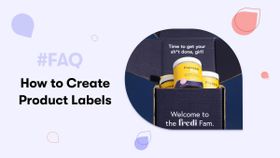How Away Generated $125M Through Brand Positioning and Content Marketing
Learn the secret behind Away's success as a DTC brand. Their incredible branding, content marketing, launching a print magazine, and using influencers and UGC.
Updated November 6, 2024.
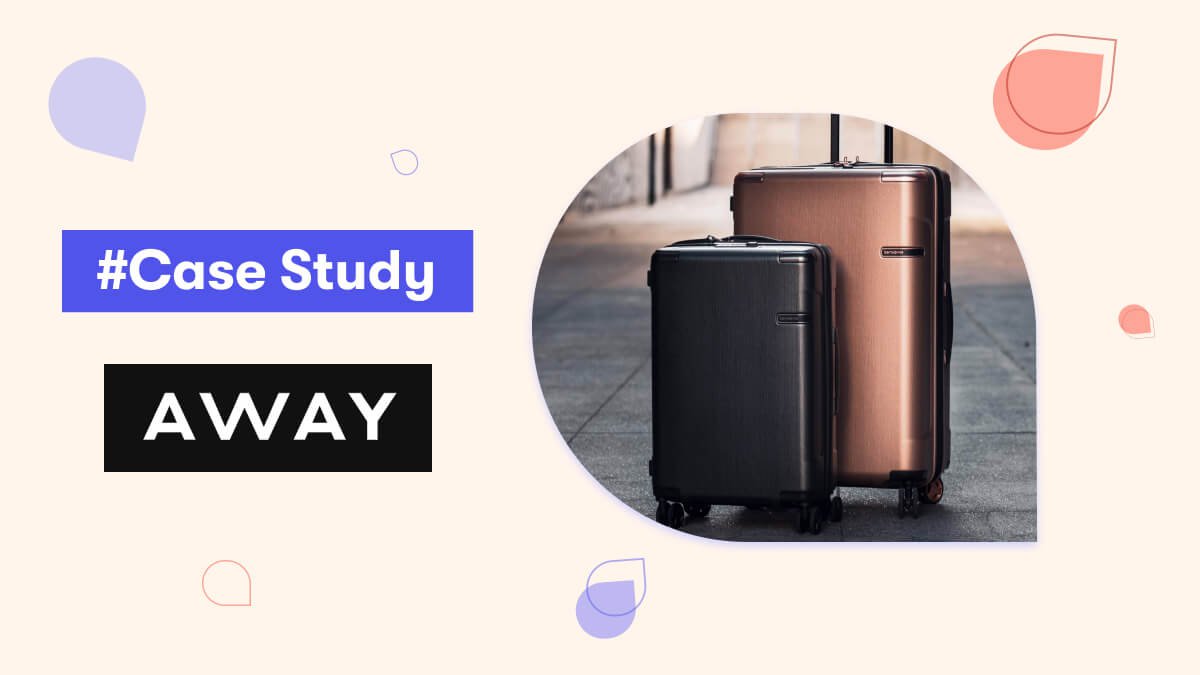
Away is another great story. It was founded by two former employees from Warby Parker and Casper, two veterans in the eCommerce industry. The story is that one of the founder’s suitcases broke and she decided that she’s had enough. The co-founders set out to disrupt the relatively stagnant luggage industry. First, they stopped using the word luggage.
No seriously. Luggage is not exciting. Most people could barely remember what their luggage looks like or what color is, they buy it and forget about it. What’s memorable is the trip, the memories. And that’s what the co-founders of Away decided to focus on. Instead of Away being a luggage company, they positioned it to be a travel company.
And they made it a pillar in every aspect of their business. You can even see it in the packaging and print materials that they use:
“People don’t really care about the suitcase they’re buying; they care about the journey they’re about to embark on with that suitcase in tow” - Jen Rubio, Co-founder of Away
Where did Away’s founders get the idea to focus on travel instead of just luggage?
Here is how it all started.
Away’s first production run ended up being delayed and the founders had a lot of time on their hands. So they decided to interview 40 people in the community - from photographers to travel writers - and put together their stories into one travel book called The Places We Return To.
The co-founders then launched a campaign for consumers to pre-order the book and each copy had a gift card for an Awinay product. The book turned out to be a huge success and sold 1,200 copies.
The success of the book changed everything and the founders decided to put a lot of emphasis on telling stories, creating a long-term content strategy, and creating a brand around travel, and not just luggage. Away set out to inspire people about travel. They created a vibrant online community on Instagram and they started publishing a lot of various content pieces.
They even published a travel magazine, which was a really bold move for an eCommerce company. The Here Magazine featured travel guides, top destinations, interviews, and photos around the world. Away really focused on publishing high-quality content about travel that really spoke to their consumers.
They even started a podcast called Airplane Mode back in 2017 to tell stories about travel.
Instead of selling luggage, they were selling the travel experience, the destination, and the memories.
Brand positioning focused on the customer + a healthy variety of top-notch content = the perfect elements that made Away a $1.4B brand
One of the most important aspects of the strategy is influencer marketing and Away went out to deliberately create content to tell their brand story and portray travel experiences.
Here’s an example from the travel blogger Marlene Lee, who is based in Bali. The entire image really paints the picture of travel and shows such an irresistible view in a hotel room. It takes a few seconds to even find the red Away suitcase under the straw hat.
Here’s another example from Hegia de Boer, who is an influencer that describes herself as a ‘visual storyteller and an occasional traveler. This post got 10,000 likes with an 11% engagement rate (that’s super high).
Phil Cohen, a macro influencer and a 2017 Shorty Awards nominee made an image displaying his travel wardrobe. This is one of the rare images that Away used in their influencer campaign that didn’t depict a traveler or a travel destination.
In reality, this branding technique of storytelling isn’t new. It‘s been written about since the dawn of advertising. It’s a foundational idea of displaying the result of using a product and its benefits to the consumer, rather than trying to shove your product features down their throat.
And this customer-first strategy worked.
The results:
- Over 500K followers on Instagram
- Over 2M visitors to the site per year
- A thriving travel brand that’s worth $1.4B
Want to replicate this strategy for your own eCommerce business? Hire one of our Instagram experts.
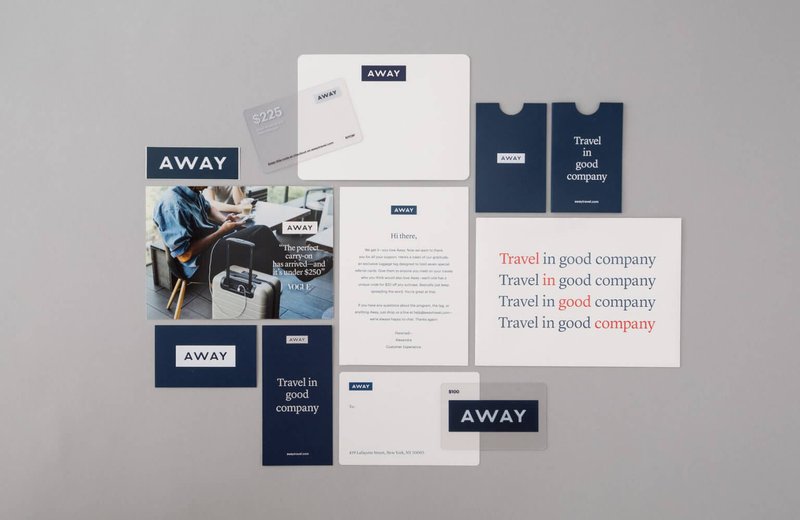

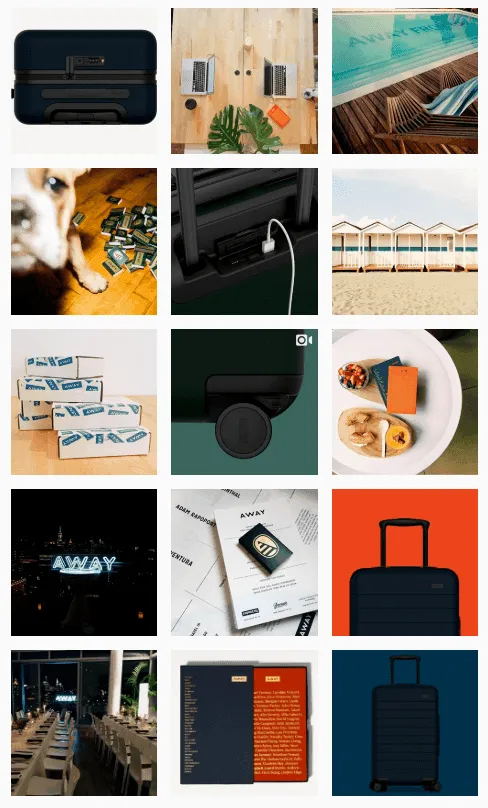
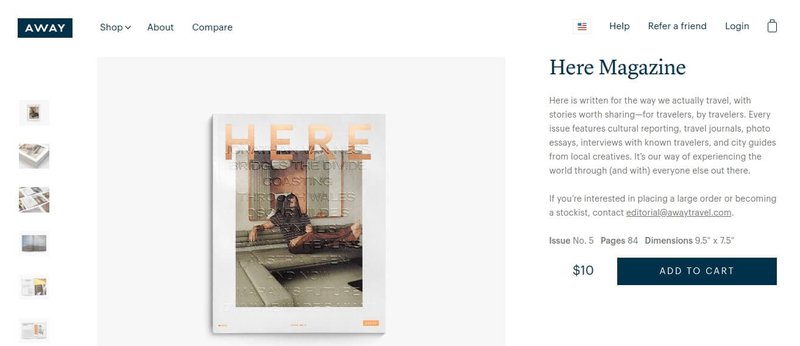

![How to Find the Top Keywords for Your eCommerce Brand [+5 Power Tips]](https://entail.mayple.com/en-assets/mayple/fit-in/280x280/61276a8df9b391474705eee8_HowtoFindtheTopeCommerceKeywords2_b9b3c9df3d897f16fa6acf938d449c64_2000-1699777215446.png)

